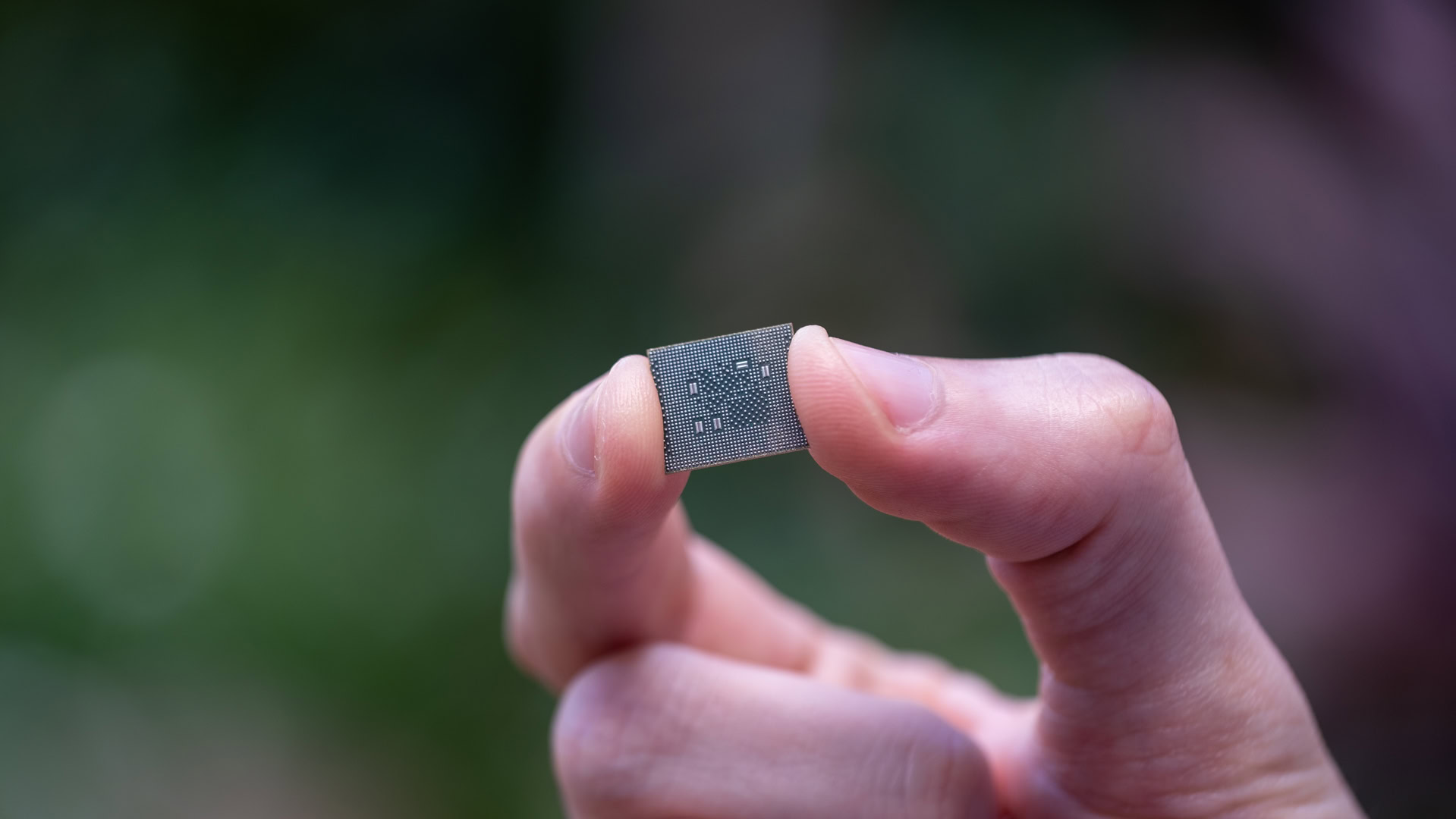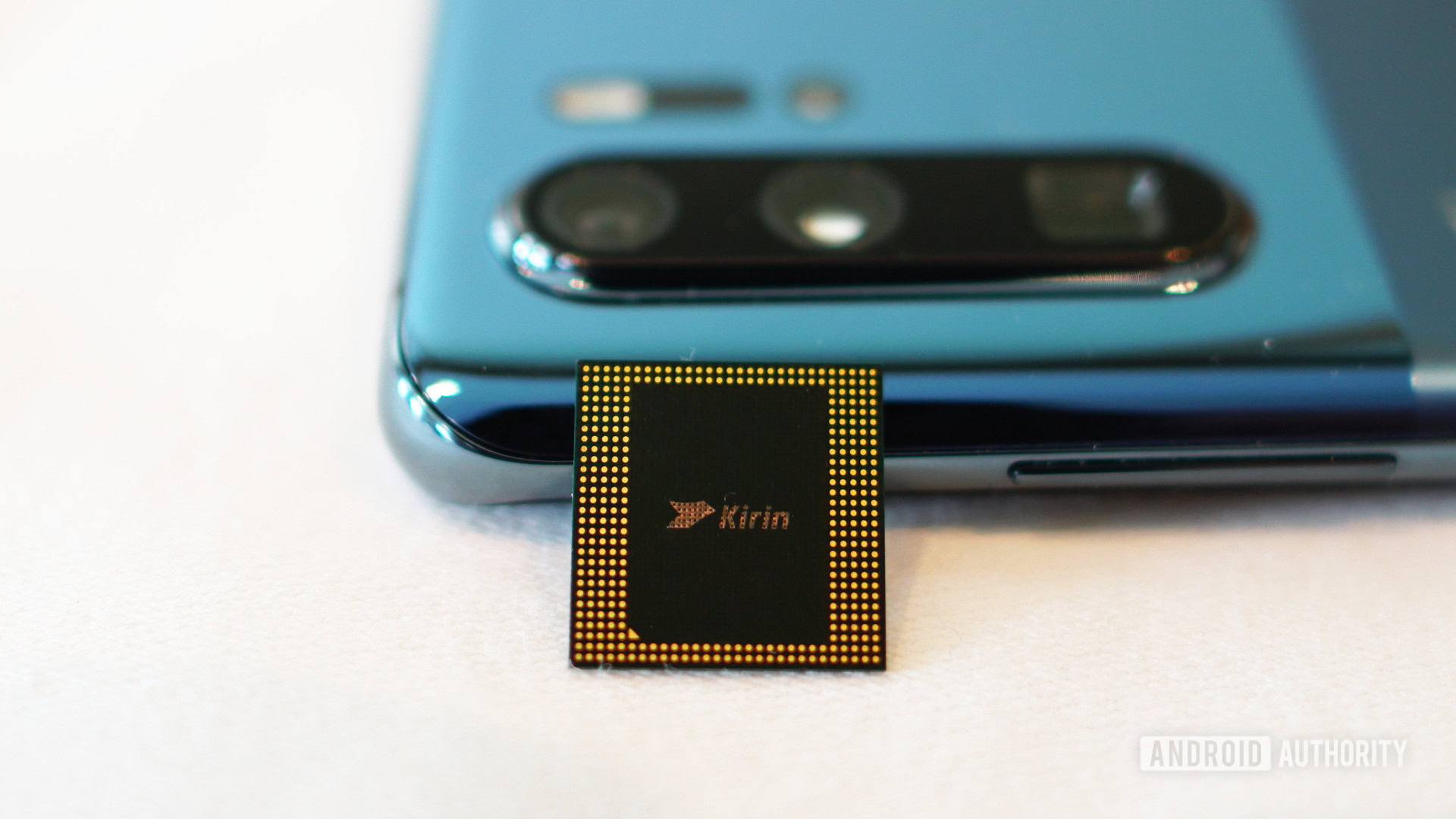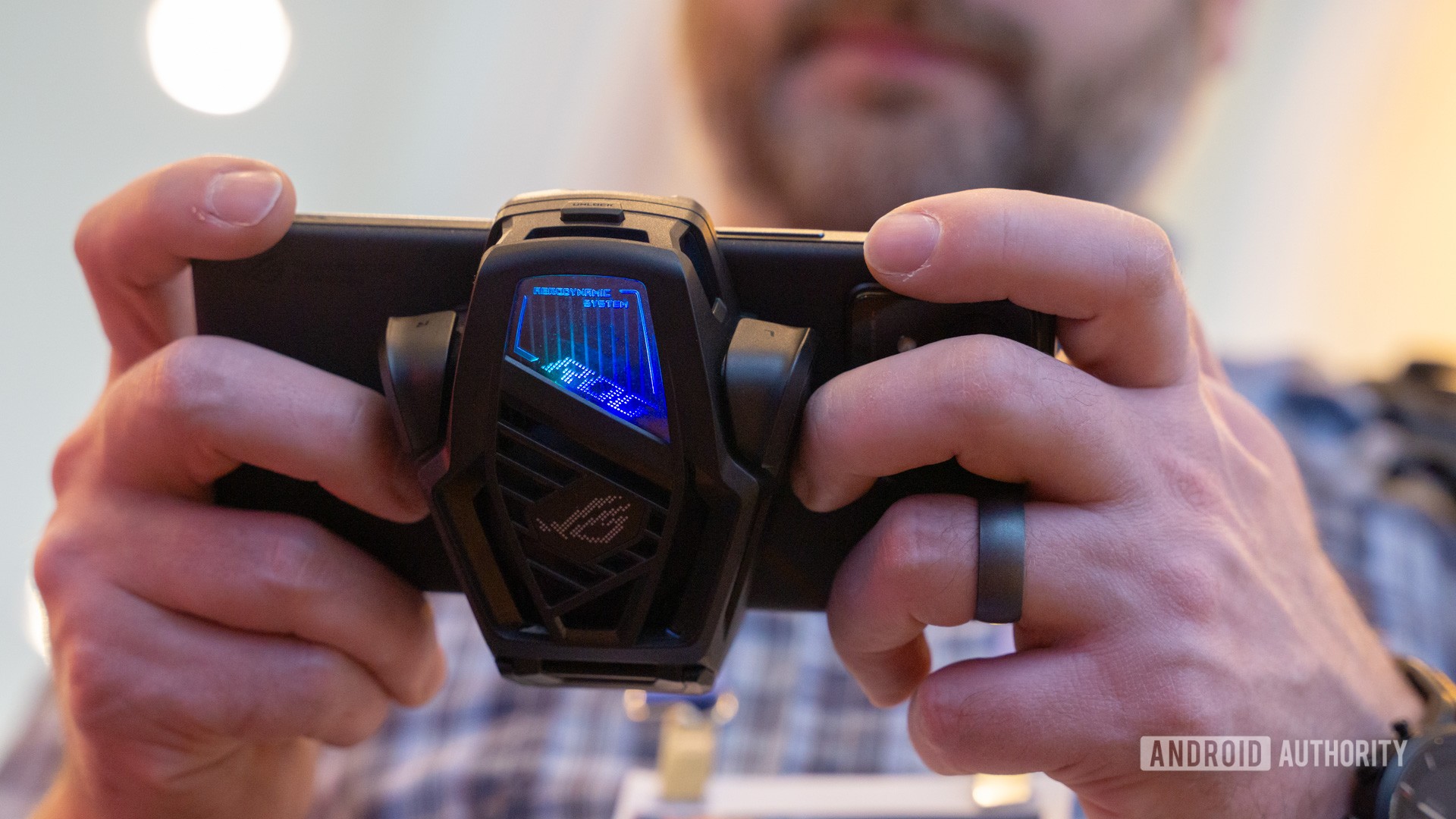Affiliate links on Android Authority may earn us a commission. Learn more.
Does Moore's Law still apply to smartphones in 2020?

Smartphone processors may not offer the peak performance of PC and server hardware, but these little chips have been leading the industry in terms of manufacturing process. Smartphone chips were the first to 10nm and 7nm sizes, and it looks like they’ll hit 5nm soon too. Advanced manufacturing techniques pave the way for better energy efficiency, smaller chips, and higher transistor density.
You can’t mention nano-meters and transistor density without talking about Moore’s Law. In a nutshell, Moore’s Law predicts a consistent level of improvement in processing technology. The speed at which chips shrink, from 14nm to 10nm and beyond, is often compared to Moore’s predictions to gauge whether technological progress is slowing down.
Since around 2010, there have been numerous predictions about the end of Moore’s Law. So let’s see if that’s true.
What is Moore’s Law?

Gordon Moore, co-founder of Fairchild Semiconductor and CEO of Intel at the time, published a paper in 1965 which observed that the number of transistors packed into integrated circuits doubled every year. The rate of growth was projected to last until 1975. That year he revised his forecast, predicting a doubling of transistors every two years.
Transistors are the little electronic components inside processors and other integrated circuits that act as digital switches. While not directly correlated to processing prowess, a higher transistor count points to a more capable chip. Either in terms of performance or diverse capabilities. So Moore’s theory also suggests that processor capabilities double roughly every two years as well.
Greater transistor density doesn’t necessarily result in greater performance and speed.
Moore’s Law continued thanks to shrinking process node technology. In other words, the transistors inside chips are built at smaller and smaller sizes. Manufacturing technology has gone from 6µm in 1976 to 7nm in 2019, making the same chip roughly 850x smaller on today’s technology.
Another important factor in the success of Moore’s Law is Dennard scaling. Based on a 1974 paper co-authored by Robert Dennard, this predicts that performance per watt doubles about every 18 months due to smaller transistor switches. This is why smaller processors boast improve power efficiency. However, this rate has been observed to be slowing since 2000. Smaller nodes are seeing a gradual reduction in power efficiency gains as they reach the limits of physics.
Counting transistors
Not every chip manufacturer announces the number of transistors inside its processors, as it’s a rather meaningless statistic on its own. Fortunately, both Apple and HUAWEI’s HiSilicon dish out approximate numbers for their most recent chips.
First looking at raw transistor counts inside modern SoCs, the industry is just a fraction behind Moore’s Law. In 2015, the Kirin 950 housed around 3 billion transistors. By 2017, the Kirin 970 features 5.5 billion, just a tad shy of doubling in two years, and then up to around 10 billion with 2019’s Kirin 990. Again, just a few percent shy of doubling the transistor count over two years.
In 2015, then Intel CEO Brian Krzanich noted that double its transistor count took closer to two and a half years. It appears that the mobile industry is perhaps a little faster than that, but in roughly the same ballpark of slightly over two years per doubling.
However, when we calculate the density of transistors per square millimeter, smartphone SoCs are actually doing a very good job at sticking to Moore’s prediction. Between 2016 and 2018, HUAWEI nearly tripled the number of transistors per square millimeter from 34 to 93 million. This was thanks to the jump from 16nm to 7nm technology. Similarly, the latest Kirin 990 packs in 111 million transistors per mm², almost exactly double the 56 million per mm² in 2017’s 10nm Kirin 970. It’s roughly the same story looking at Apple’s density progression over these years as well.
Moore's Law still applies, but it's beginning to strain.
Moore’s Law still applies to modern smartphone chips. It’s surprising just how accurate a prediction from 1975 continues to be in 2020. The move to 5nm is expected later in 2020 and into 2021, so we’ll continue to see transistor density improvements over the next year or so as well. However, chip manufacturers may find it tougher to move to 3nm and smaller towards the middle and end of the decade. It’s possible that Moore’s Law could still fail before 2030.

What about performance?
Transistor counts are one thing, but they’re not much good unless we benefit from higher performance too. We’ve compiled a list of various benchmarks to see if and where smartphone performance has improved over the past few years.
Overall system performance, gauged from Antutu, suggests peak performance doubled between 2016 and 2018 and very nearly doubled between 2017 and 2019. Basemark OS results point to a very similar trend across the top-performing chipsets.
Looking closer at CPU, there’s a definite jump in single-core performance in 2018 and 2019, owing to the adoption of faster Arm Cortex-A processors and smaller process nodes. Moore’s Law seems to hold up here. GPU tells a familiar story, with more than a doubling of performance from 2016 to 2018. 2017 to 2019 models again see improvements fall just shy of doubling.
Overall, there are hints that performance isn’t quite doubling every two years anymore. Although the gains aren’t too far off. We’d need to look at more data over the coming years to confirm any slowing down in performance gains.
What are all these transistors for?

Examining CPU and GPU performance in isolation isn’t really a fair reflection of how chipsets make use of their ever-growing transistor counts. Smartphone SoCs are increasingly complicated beasts, sporting wireless modems, image signal processors (ISP), and machine learning processors, among other components.
Over the past couple of years, image processing quality has vastly improved, with a growing number of sensors supported as well. That all requires a more powerful and larger ISP. Chips also sport faster integrated 4G LTE speeds and some offer integrated 5G support as well. Not forgetting improvements to Bluetooth and Wi-Fi, which also takes up silicon space. Machine learning or “AI” processors are also growing in power and popularity for everything from face recognition security to computational photography.
Smartphone chips are more powerful, feature-full, and more densely packed than ever. All thanks to the fact that Moore’s Law remains alive and well in the smartphone space. At least for now.